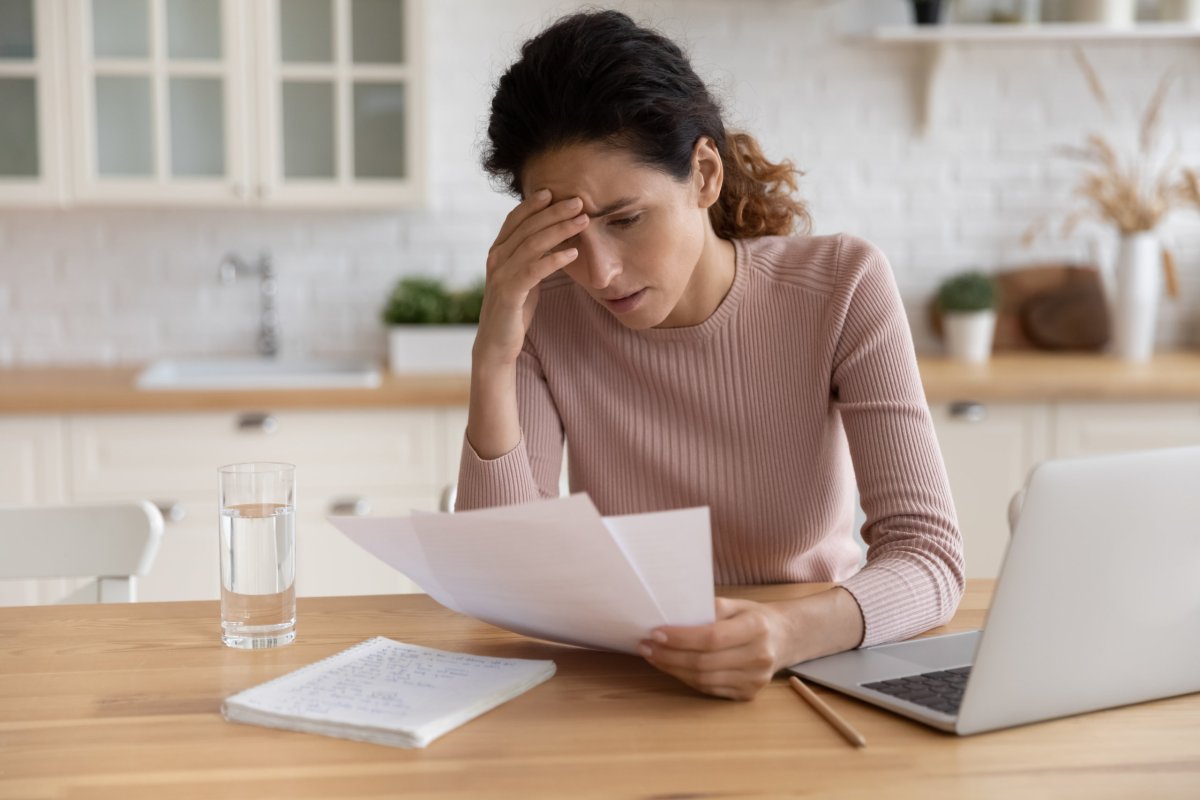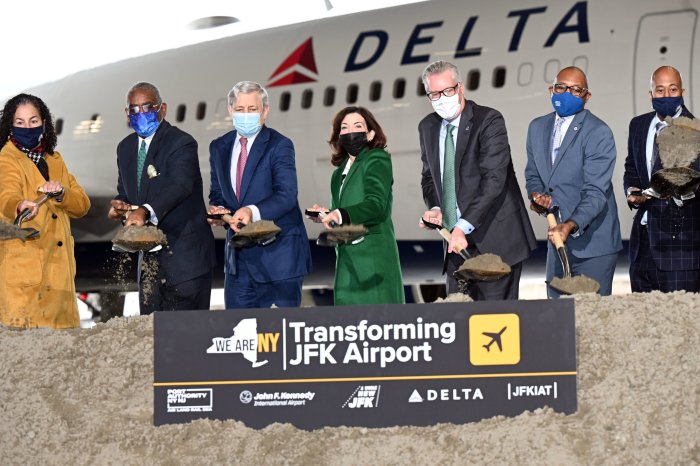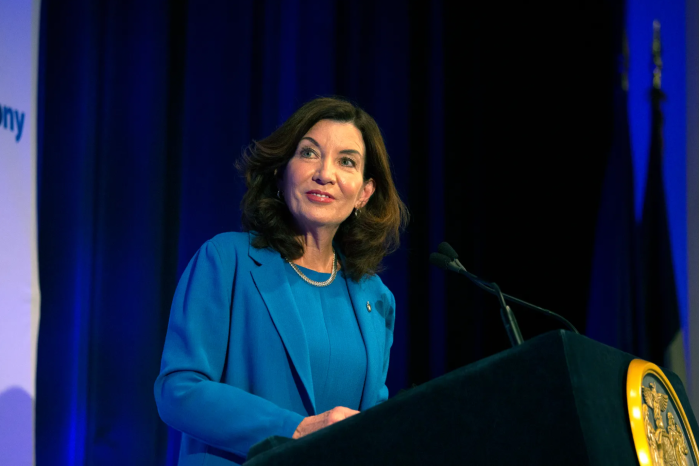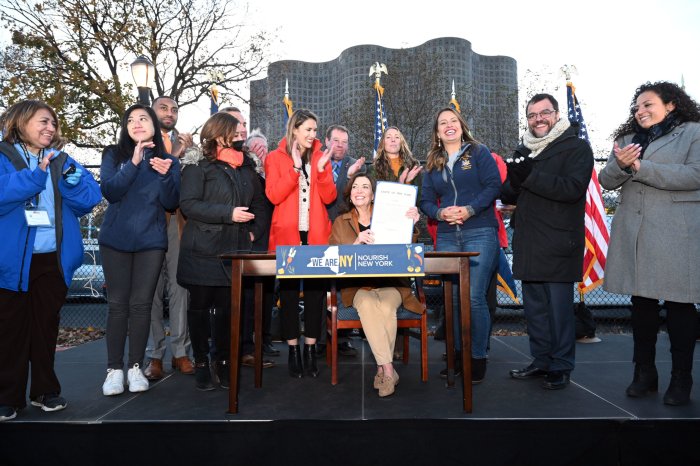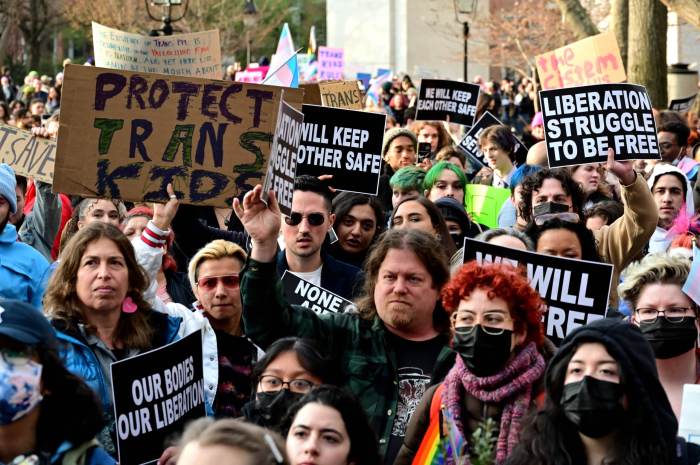Councilwoman Sandra Ung‘s Resolution No. 173-A was passed by the City Council on Thursday, July 14. The bill calls for the governor and state Legislature to expand financial relief programs to New York City residents struggling to pay utility bills.
According to Ung, outstanding utility debt could impair New York City residents’ credit and the city’s economic recovery from the pandemic.
“The dramatic and unexpected increases in their utility bills was the last thing New Yorkers still dealing with the economic devastation of the pandemic needed,” Ung said. “While the governor did allocate funding in the budget to address utility arrears, it is not nearly enough money to address the scope of the problem.”
From December 2021 to January 2022, the price charged per megawatt of power drastically increased from $50 to $140. The fact that last January saw some of the coldest weather of the winter led to more power being used by residents and resulted in a spike in their utility bills. Now, with those same residents facing the hottest weather of the year, it’s likely that will occur again in July and August.
It is believed that the communities most affected by the price increases are those of low-income as well as communities of color, the same groups most impacted by the COVID-19 pandemic. According to experts, this issue could lead to multigenerational debt and possibly worsen the city’s homeless problem.
“I had to leave my home because of the high bill,” said longtime Flushing resident Maureen Fugar, who said she had to move to a more affordable apartment. “I forced myself to work overtime so the increase in my utility bills wouldn’t affect my quality of life.”
According to Ung, more than 400,000 New York City and Westchester County Con Edison customers are behind on their bills. Collectively, they currently owe over $819 million. After the state’s pandemic-era moratorium on utility shut-offs came to an end on Dec. 21, 2021, many of these people could lose their power, Ung said.
The state-administered Home Energy Assistance Program (HEAP) does provide some help to New York residents on the matter, but only to low-income residents. Those eligible would receive one benefit per program year. There’s also an additional federal program that provides a one-time payment of up to $10,000 to cover utility arrears, but it’s difficult to qualify.
Governor Kathy Hochul announced on April 9 that the state would allocate $250 million to assist people in paying past-due utility bills. However, this came after advocates requested $1.25 billion to address energy utility arrears. These advocates claim that in order to have any real impact on the matter, the amount allocated needs to at least be doubled.
“People are going to have to choose between paying their housing, food and medical costs or paying their past-due bills to keep their power on,” Ung said. “The governor and state Legislature must expand financial relief programs for New York City residents who are struggling to keep up with their utility bills.”

